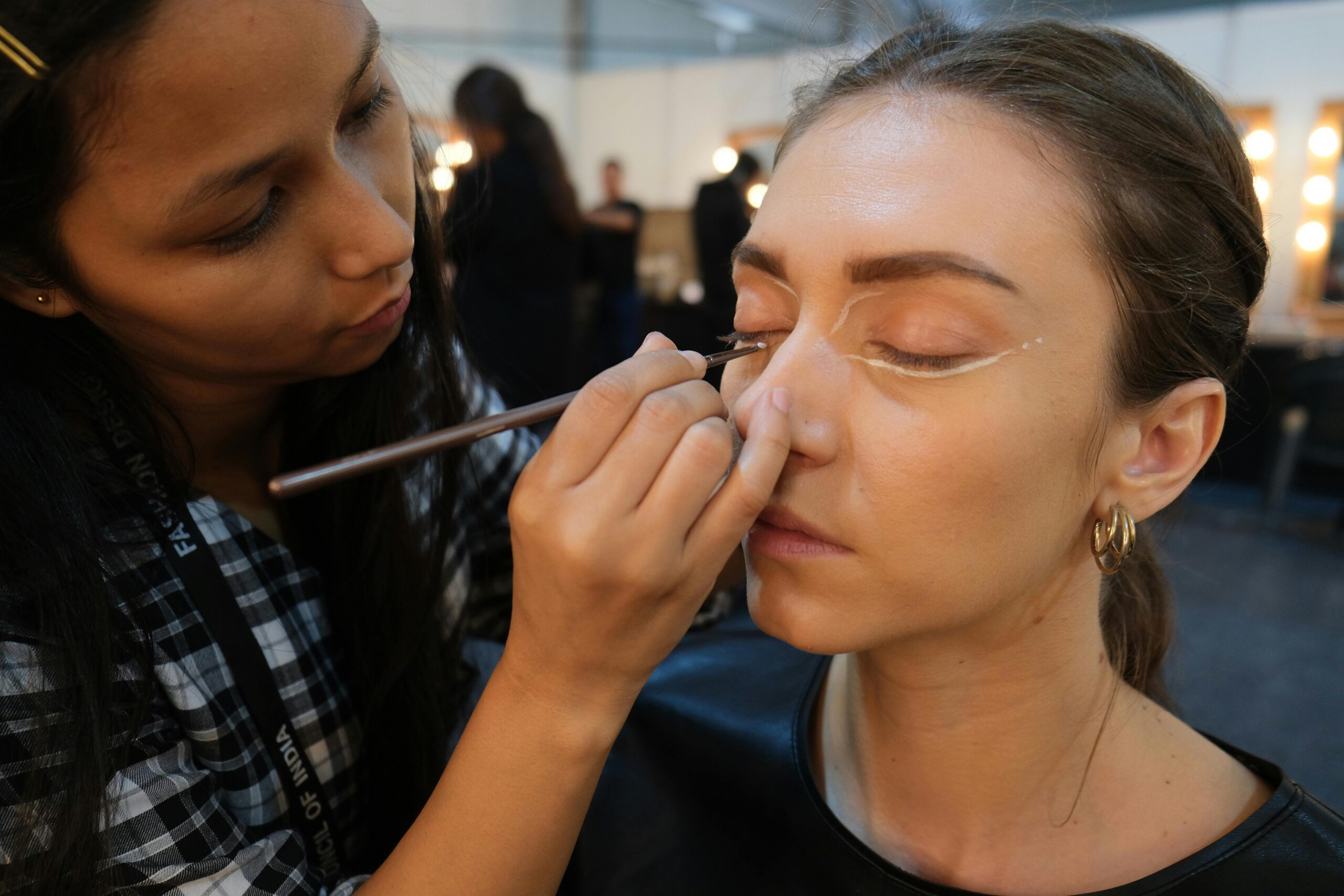In recent years, the animation industry has witnessed a significant transformation with the integration of Artificial Intelligence (AI) in the creation process. AI algorithms are being utilized to streamline animation production, enhance visual effects, and optimize workflow efficiency.
However, one critical aspect that has come to the forefront is the identification and mitigation of bias in AI animation. Understanding and addressing bias in AI animation is crucial to ensure the creation of inclusive, diverse, and ethically sound content.
Data Bias in AI Animation
Bias in AI animation can stem from various sources, with one of the primary factors being data bias. AI algorithms learn from the data they are trained on, which can lead to biased outcomes if the data itself is biased. In the context of animation, this could manifest in the representation of characters, storylines, or cultural references that reinforce stereotypes or marginalize certain groups.
To address data bias in AI animation, it is essential to conduct thorough data analysis and preprocessing. This involves identifying potential biases in the training data, such as underrepresentation of certain demographics or overrepresentation of specific stereotypes.
By carefully curating and diversifying the training data, animators can mitigate bias and ensure more inclusive and representative content.
Algorithmic Bias in AI Animation
Another critical aspect of bias in AI animation is algorithmic bias, which refers to the inherent biases present in the AI algorithms themselves. These biases can be unintentionally introduced during the algorithm design process or due to the underlying assumptions and limitations of the technology.
To mitigate algorithmic bias in AI animation, animators must critically evaluate the design and implementation of AI algorithms. This includes examining the decision-making processes of the algorithms, identifying potential biases in the model architecture, and implementing measures to counteract biased outcomes.
By fostering transparency and accountability in the algorithmic design process, animators can reduce the risk of bias in AI animation.
Ethical Considerations in AI Animation
Beyond technical considerations, addressing bias in AI animation also requires a deep understanding of ethical principles and values. Animators must consider the ethical implications of their work, including the potential impact on diverse audiences, cultural sensitivities, and societal norms.
Incorporating ethical frameworks such as fairness, accountability, and transparency (FAT) into the AI animation pipeline can help guide decision-making and mitigate bias.
By proactively addressing ethical considerations throughout the animation production process, animators can create content that is not only technically proficient but also socially responsible and culturally sensitive.
Tools and Techniques for Bias Mitigation
Several tools and techniques are available to help animators identify and mitigate bias in AI animation. For instance, bias detection algorithms can analyze the output of AI models and flag potential biases for further examination.
Moreover, fairness-aware machine learning techniques can be employed to ensure that AI algorithms produce equitable outcomes across different demographic groups.
Furthermore, ongoing monitoring and evaluation of AI animation projects are essential to detect and address bias in real time. By continuously assessing the impact of AI algorithms on the final output, animators can iteratively refine their models and processes to reduce bias and improve inclusivity.
Future Directions in Bias Mitigation
As the field of AI animation continues to evolve, there is a growing recognition of the importance of bias identification and mitigation. Moving forward, animators must prioritize diversity, equity, and inclusion in their work to create content that resonates with diverse audiences and reflects the richness of human experiences.
Conclusion
Learning bias identification and mitigation in AI animation is essential for creating inclusive, diverse, and ethically sound content. By addressing data bias, algorithmic bias, and ethical considerations, animators can foster a more equitable and representative animation industry.
Through the proactive use of tools and techniques for bias mitigation and a commitment to ongoing learning and improvement, animators can lead the way in shaping a more inclusive and bias-free future for AI animation.
Key Takeaways:
- Bias identification and mitigation are crucial aspects of AI animation to ensure the creation of inclusive, diverse, and ethically sound content.
- Data bias and algorithmic bias in AI animation can lead to biased outcomes, highlighting the importance of thorough data analysis and algorithm evaluation.
- Ethical considerations, such as fairness, accountability, and transparency, play a significant role in addressing bias in AI animation and creating socially responsible content.
- Tools and techniques, including bias detection algorithms and fairness-aware machine learning, are valuable resources for animators to identify and mitigate bias in AI animation projects.
- Collaboration with experts in ethics and cultural studies, along with ongoing monitoring and evaluation, are essential for reducing bias and improving inclusivity in AI animation.
For further insights and training in mastering bias identification and mitigation in AI animation, consider enrolling in the NYU Animation Industry Essentials online course and certificate program offered by Yellowbrick. This comprehensive program equips aspiring animators with the knowledge and skills needed to navigate the complexities of bias in AI animation and create impactful, inclusive content.






